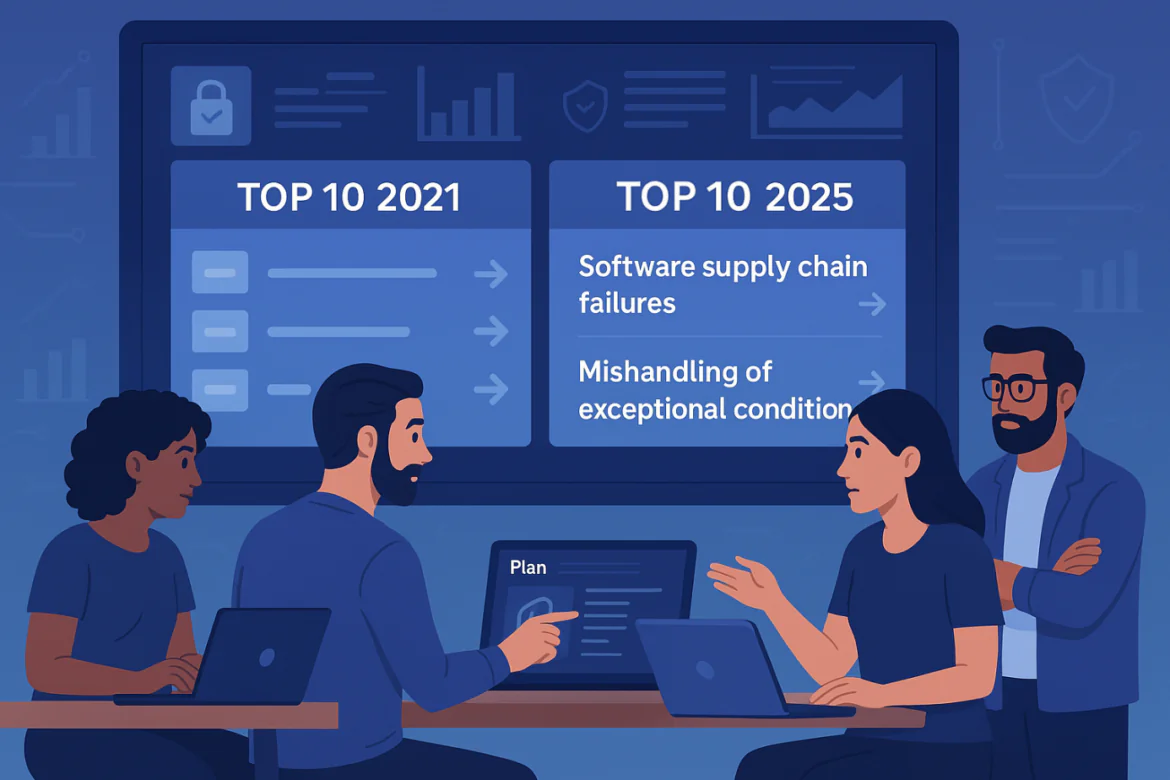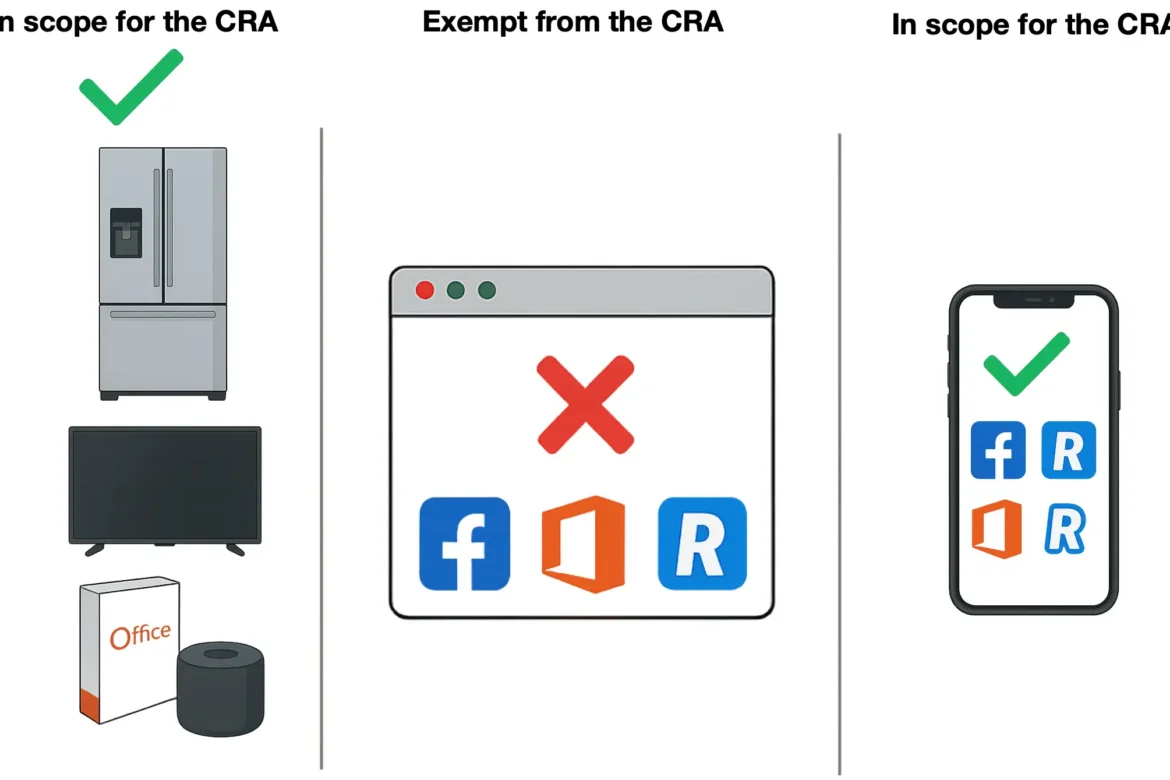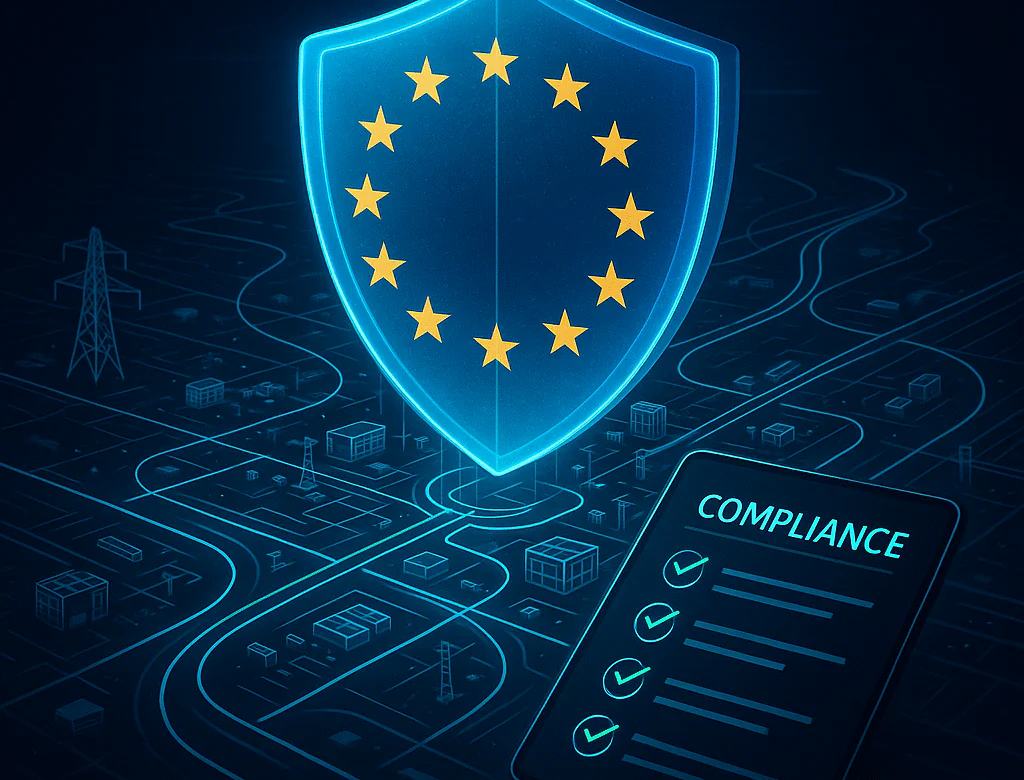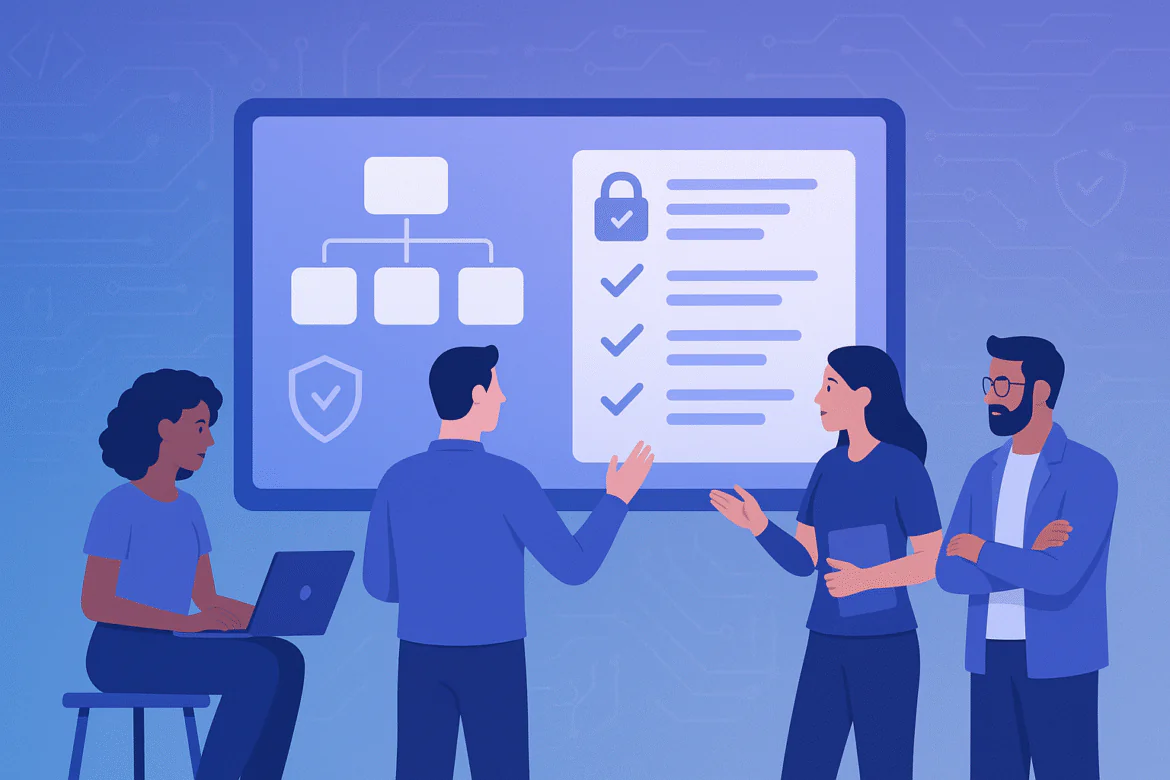Updated: 30 September, 2025
12 May, 2023
Is SOC 2 Worth It?
In this blogpost we will be discussing SOC 2, what are its pros and cons in comparison to the other compliance frameworks available, each with its own strengths and weaknesses. In this blog post, we’ll take a closer look, so you can make an informed decision about which framework is right for your organization.
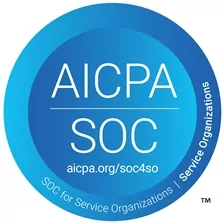
Key Takeaways:
- SOC 2 helps service providers identify and mitigate security and compliance risks, enhancing overall risk management.
- By adhering to the Trust Services Criteria, SOC 2 ensures compliance with widely recognized industry standards.
- Service providers can tailor their SOC 2 evaluation to specific business needs by selecting relevant TSC categories.
- The financial burden of achieving SOC 2 compliance can be significant, particularly for smaller organizations.
- SOC 2’s focus is narrow, primarily covering data security and privacy, and does not extend to other operational areas.
- SOC 2 is not a global standard and does not guarantee absolute security or privacy, as evidenced by incidents like the Fortra data breach.
What is SOC 2?
SOC 2 (Service Organization Control 2) is a form of audit report that gives assurance on the effectiveness of a service provider’s controls over the security, availability, processing integrity, confidentiality, and privacy of its systems and data. It’s vital to understand that it is not a certification, but rather a sort of audit report that examines a service provider’s controls and processes.
Organizations that use third-party service providers to manage their data or perform certain activities. These include cloud service providers, data centers, and software as a service (SaaS) providers, usually require SOC 2 reports.
The Trust Services Criteria (TSC), a set of guidelines and standards created by the American Institute of Certified Public Accountants (AICPA) for assessing the controls and procedures of service providers, serves as the foundation for SOC 2 reports.
SOC 2 provides reasonable, not absolute, assurance. While the audit evaluates the effectiveness of controls at a point in time, it doesn’t eliminate all risks. It’s important for organizations to supplement SOC 2 compliance with ongoing monitoring and risk management practices. Also worth mentioning, SOC 2 relies on the accuracy and completeness of information provided by the organization being audited. If there are intentional misrepresentations or omissions, the effectiveness of the assessment could be compromised.
How does SOC 2 differ from other frameworks & certifications?
There are several ways that SOC 2 differs from other frameworks such as ISO 27001, yet the goal of these remains the same. SOC2, which focuses on upholding the five Trust Service Principles of security, availability, processing integrity, confidentiality, and privacy, is designed specifically for service providers who handle client data in the cloud. It is mostly used in the US and produces a report outlining a company’s adherence to these standards.
ISO 27001 focuses on setting up an ISMS to protect a wide range of information assets, that would include employee information, financial data, and intellectual property, as well as information entrusted to third parties. In turn, it has been globally recognized as a certification that involves a thorough risk management approach. Although SOC2 is primarily focused on compliance and is frequently linked to cloud services, any firm looking to secure its data could also use ISO 27001’s risk management framework. Both frameworks can be used in combination to improve an organization’s overall security approach, despite the differences between them.
Pros of Adopting SOC 2
There are a few direct pros of adopting this compliance framework.
- Better risk management: Firstly, service providers can improve their overall risk management by identifying and addressing any security and compliance risks in their systems and processes by going through the SOC 2 audit process.
- Meets industry standards: The compliance framework is based on the Trust Services Criteria (TSC), which is regarded as the industry standard for assessing the controls and procedures of service providers. As such, it complies with those requirements.
- Flexibility: Under SOC 2, service providers can choose which of the five TSC categories they wish to be evaluated against, depending on their unique business requirements and their clients’ needs.
Cons of Adopting SOC 2
SOC 2 has several cons, for instance a recent occurrence: a company known as “Fortra” just recently got their systems hacked, whereas several millions of people got their data stolen. Some very sensitive data as well. Well… Fortra uses SOC 2.
While SOC 2 provides a compliance checklist, it does not directly cause the issue at hand. The lack of specificity in the checklist is the issue, which may lead to improperly checking the steps without properly implementing the underlying security practices.
- Cost: Achieving SOC 2 compliance can be expensive, especially for smaller organizations. The cost of hiring an auditor, conducting a risk assessment, implementing controls, and maintaining compliance can add up quickly.
- Limited scope: SOC 2 compliance only covers specific areas of an organization’s operations, such as data security and privacy. Additionally, it does not cover other aspects of an organization’s operations, such as financial controls or environmental sustainability.
- Limited recognition: SOC 2 compliance is not a regulatory requirement and is not recognized globally. Even within the US and Canada, it is only recognized there. It may not be well-known outside of certain industries.
- No guarantee: While SOC 2 compliance can provide assurance to customers and stakeholders that an organization has implemented appropriate controls, it does not guarantee the security or privacy of data. There is always a risk of a data breach or other security incident. That is, even for organizations that are SOC 2 compliant.
Conclusion
In conclusion, SOC 2 compliance can be advantageous to a company, but there are also drawbacks to take into account. These include cost, a laborious procedure, complexity (if you’re new to security), a narrow scope, little recognition, and a lack of assurance. And most importantly, it does not ensure proper security. Organizations should carefully consider these criteria before deciding whether to adopt SOC 2 compliance.
Furthermore, instead of SOC 2, we recommend OWASP SAMM (Software Assurance Maturity Model), which is a more complete framework that encompasses not only security but also the full software development life cycle. While SOC 2 focuses on a service organization’s security controls, OWASP SAMM provides a formal and quantitative way to review and improve a company’s software security posture, including governance, design, implementation, testing, and release. Furthermore, OWASP SAMM is a free-to-use open-source framework, making it more accessible to companies of all sizes.
As Codific very much prefer OWASP SAMM, we made a tool: SAMMY. SAMMY is our vision behind OWASP SAMM as a management process and tool. SAMMY is an OWASP SAMM tool that targets to reduce SAMM implementation complexity in organizations. The tool starts with small and quick wins and goes broader as there is more buy-in from the users.
Read more about SAMMY, the free tool provided by Codific
